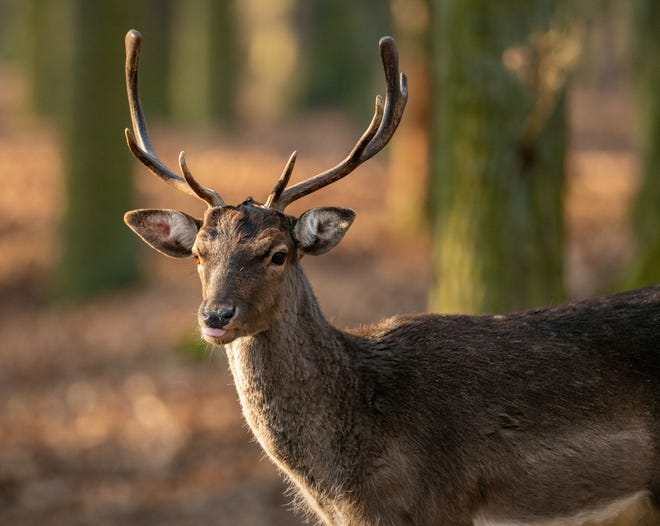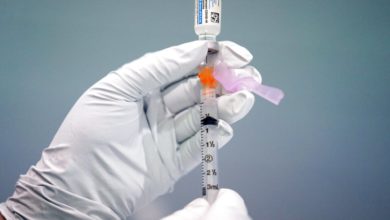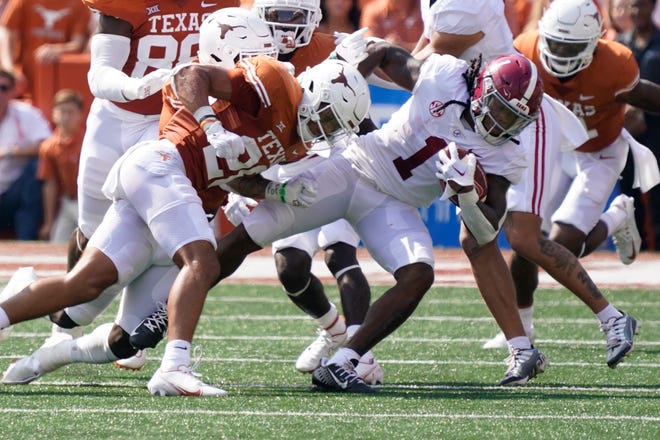

The fact that a significant percentage of wild Ohio deer tested last winter were positive for SARS-CoV-2, the coronavirus pathogen that causes COVID-19 in people, doesn’t necessarily change the hunting game when the 2021-22 whitetail season opens later this month.
Prudent hunters, however, should wear rubber or throwaway surgical gloves when field-dressing a downed animal. And that’s only one of several just-in-case precautions being recommended by the Ohio Division of Wildlife.
That's because what was found in the wild deer captured by Ohio State University’s College of Veterinary Medicine — with test results confirmed at a federal lab — “is in fact the same virus” identified in late 2019 at the start of a global outbreak, said Mike Tonkovich, the wildlife division’s deer project leader.
None of the infected Ohio deer showed signs of disease.
People aren’t consistently as fortunate. Infection symptoms range from none to hospitalization and death. COVID is officially blamed for almost 650,000 deaths in the United States and around 4.5 million worldwide.
Deer can be infected with COVID-19 virus but don't show symptoms
SARS-CoV-2 is known to infect a number of wild and domesticated animals, some more readily than others. Deer, it turns out, are among the creatures that, like humans, are prone to the pathogen.
Researchers earlier this year noted “a high degree of similarity” between the SARS-CoV-2 receptor in humans and deer, and they demonstrated in lab testing that deer are “highly susceptible to infection.”
A U.S. Department of Agriculture study conducted around the same time showed about a third of the hundreds of deer sampled between January 2020 and March 2021 in Pennsylvania, New York, Michigan and Illinois possessed SARS-CoV-2 antibodies.
What made the Ohio deer results unique was that the active SARS-CoV-2 virus was discovered, not merely antibodies, and the virus was found in about 35 percent of the animals. Those tests, of course, offer a snapshot of the Buckeye State deer landscape months ago, not a guidebook for what lies ahead.
Hunters should take precautions, especially during field dressing
While it’s probable that humans spread SARS-CoV-2 into the North American deer population, no evidence to this point indicates whitetails are infecting people, though that possibility remains.
Because deer don’t exhibit overt symptoms from an active SARS-CoV-2 infection there’s no way to know whether a deer has the disease. To this point, however, deer seem to pose little threat to hunters who take care.
Testing shows the coronavirus isn't present in blood, body muscle, lungs, kidneys, trachea or colon. Sources of infection are mostly the nose, throat and upper respiratory areas.
Under such circumstances, wearing rubber gloves is a no-brainer. Equally important is keeping hands away from the face.
“Don’t eat. Don’t smoke” while field dressing, Tonkovich said. “You might want to wear a face covering,” he added.
Source link








